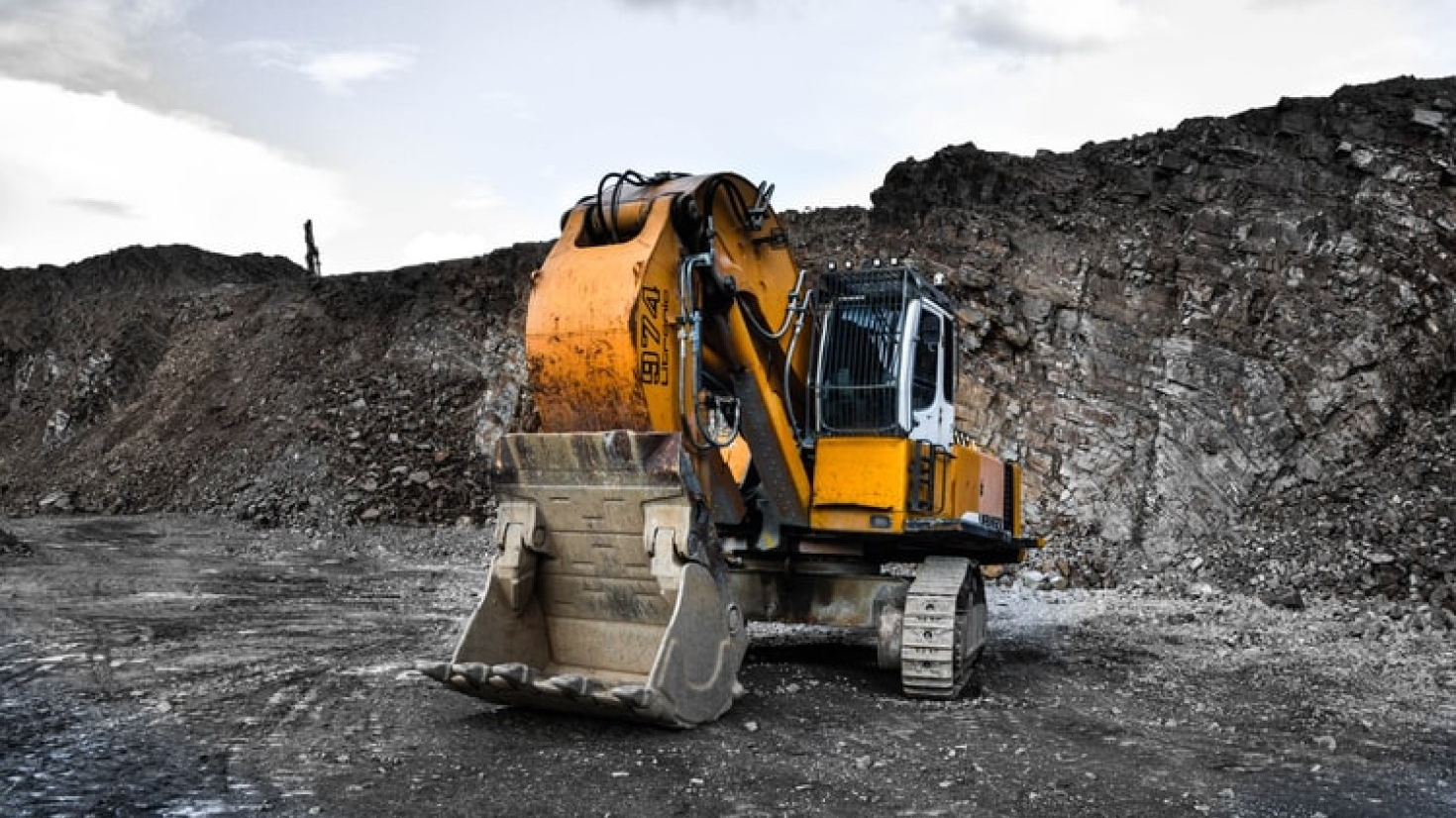- info@nashrand.co.za
- +27 10 745 1328 | +263 774 075 233
- Home |
- FAQ’s
FAQ’s
What are the uses of chrome ore?
The chromium extracted from chromite is used in chrome plating and alloying for production of corrosion resistant superalloys, nichrome, and stainless steel. Chromium is used as a pigment for glass, glazes, and paint, and as an oxidizing agent for tanning leather.
Does cold corrosion happen in all engines?
The main engines affected are those designed to comply with the Tier II NOx regulations and the latest Energy Efficiency Design Index (EEDI) guidelines. The issue can be exacerbated by slow steaming operational practices – as well as new engines with higher pressures at low- and part-load – and by using fuels with high sulphur content. Older engine designs that have been modified with fuel optimization kits for low-load and part-load operation to enable effective slow-speed running have also been affected.
How do you deal with cold corrosion?
Cold corrosion can be counteracted by raising the temperature of the exposed parts of the cylinder liner through modifications to the cylinder liner design and the cooling water system. To prevent the onset of cold corrosion, our MobilGard™ Cylinder Condition Monitoring (CCM) enables cylinder conditions to be closely monitored and cylinder oil feed rates to be optimized accordingly. This helps to enable safe and reliable engine operation and reduce engine wear. In addition, Mobilgard™ 5100 cylinder oil delivers exceptional acid neutralization performance, deposit control and oxidation stability to help mitigate against cold corrosion, optimise feed rates and control costs.
What is a synthetic lubricant?
Synthetic lubricants are unique high-performance oils that deliver superior protection and performance when compared to conventional mineral oils.
How is chrome ore processed?
Processing Technology Chrome ore process mainly includes gravity separation process, magnetic separation process, flotation process, and so on. Usually, the industry adopts single gravity separation process, single magnetic separation process, and gravity separation - magnetic separation process.
What are LiFePO4 (Lithium Iron Phosphate) Batteries?
Lithium Iron Phosphate (LiFePO4) batteries are a type of lithium battery that provide several advantages over traditional lithium-ion batteries based on LiCoO2 chemistry. LiFePO4 batteries provide much higher specific capacity, superior thermal and chemical stability, enhance safety, improve cost performance, enhanced charge and discharge rates, enhanced cycle life and come in a compact, lightweight package. LiFePO4 batteries an offer a cycle life of over 2,000 charge cycles! All of the Ionic Lithium batteries that LithiumHub sells are LiFePO4 batteries.
How do I maximize the life span of my lithium deep cycle battery?
Battery life for a lithium battery can be enhanced by not discharging the battery to 1Ah capacity or BMS lower voltage cut-off settings. Discharging down to BMS lower voltage cut-off settings can quickly decrease the life of the battery. Instead, we advise discharging down to 20% capacity remaining then re-charging the battery.
What are Lithium batteries?
Lithium batteries are rechargeable batteries in which lithium ions move from the anode to the cathode during discharging and back when charging. They are popular batteries for use in consumer electronics because they provide high energy density, possess no memory effect and have a slow loss of charge when not in use. These batteries come in a wide variety of shapes and sizes. Compared to lead-acid batteries, Lithium batteries are lighter and provide a higher open circuit voltage, which allows for power transfer at lower currents. These batteries have the following characteristics: Features of Ionic Lithium Deep Cycle Batteries: Light weight, up to 80% less than a conventional, comparable energy storage lead-acid battery. Lasts 300-400% longer than lead-acid. Lower shelf discharge rate (2% vs. 5-8% /month). Drop-in replacement for your OEM battery. Expected 8-10 years of battery life. No explosive gasses during charging, no acid spills. Environmentally friendly, no lead or heavy metals. Safe to operate! The term “Lithium-ion” battery is a general term. There are many different chemistries for lithium-ion batteries including LiCoO2 (cylindrical cell), LiPo, and LiFePO4 (cylindrical/prismatic cell). Ionic mostly focuses on designing, manufacturing and marketing LiFePO4 batteries for its starter and deep cycle batteries.

8+
Chrome Mining Plants
FAQ QUESTIONS
Chrome Questions And Answers
What is the analysis of chromite ore?
A typical chemical analysis of chromite is 45% Cr2O3, 25% Fe2O3, 10% MgO, 14% Al2O3, 2% SiO2 with small amounts of CaO, MnO and TiO2.
Where does chrome ore come from?
Chromite ore is mined in over 20 countries, but about 80% of production originates from four countries: South Africa, India, Kazakhstan, and Turkey (Kleynhans et al., 2012). Figure 11.2. Map of locations, geological types, and size (millions of tons of Cr) of global chromite resources and reserves.
What are the impurities in chromite ore?
Chromites [FeCr2O4] Chromite is an end member of a complete solid solution series between naturally occurring chromites contain iron and magnesium as substituting impurities with chromium oxide.
How do you identify chromite ore?
It was named after its chemical composition, chromium oxide. The mineral is brownish to black in colour with a dark brown streak. It has a conchoidal or an uneven fracture as well as no distinct cleavage. Crystals are small and rare.

